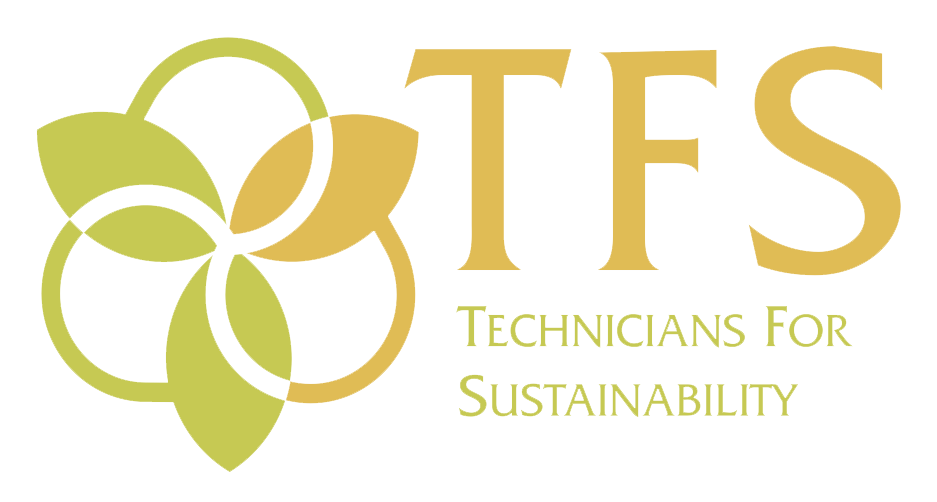On December 20th, 2011, the Arizona Corporation Commission (ACC) passed the Tucson Electric Power 2012 Renewable Energy Standard Implementation Plan, throwing a lifeline to commercial solar opportunities, but failing to deliver on hundreds of letters and comments from Southern Arizonans requesting more residential solar rather than a lower surcharge. As some of you may know, achieving compliance in 2012 would have required no additional commercial installations. In addition, the tax advantages of residential leased systems have driven the utility incentive levels down so low that customer owned systems are impractical. Below are some details and anticipated consequences from the ACC’s decision.
1. The TEP’s renewable energy budget for new distributed generation systems was cut from approximately $18.5 million in 2011 to approximately $8 million in 2012. The maximum surcharge residential customers will pay dropped from $4.5 to approximately $3.15 per month.
2. Commercial solar incentives have been reduced. The ACC did authorize funds beyond what is required by the REST rules for 2012, which theoretically may be enough to cover a similar number of installations as 2011. However, the reductions in incentive levels are so aggressive that they risk stalling the commercial market in 2012, which would likely result in lost jobs and lost brain trust. The rationale put forward by Chairman Pierce was that installations which are not required by compliance should be at a great deal to the ratepayer. In contrast, we would have liked to see full funding for a robust commercial market employing a competitive bidding process to harness competition and give the ratepayer a good deal. We also would have preferred funding for up front incentives (UFI) for the commercial market rather than performance based incentives (PBI), as the latter have legacy costs totaling as much as $17 million dollars, whereas up front incentives could have been used to fund the entire amount at $6 million or less.
3. The Commission chose not to address differences between leased systems and customer owned systems, in effect making it impractical for Tucsonans to own their own PV systems going forward. We expect almost all new systems to be leased this year. The Commission denied a request to provide higher incentives for customer owned systems than for leased systems, thereby effectively shifting the subsidization of solar from the ratepayer to the federal tax payer, and ultimately increasing the cost of solar with all funding sources accounted for. This is due to the fact that leased systems take advantage of depreciation, and they typically use a higher value for calculating the basis for the 30% tax credit. Each of these practices reduces federal tax revenue as compared to a residential solar purchase.
4. Incentive levels will likely drop throughout this year. The Commission adopted a “smart trigger” which will cause reductions in relation to the rate of reservations for residential incentives. Incentives will start at $0.75 per watt, and will drop to $0.60 if 25% of the budget is reserved before March 31. We support the smart trigger system, and hope that it will result in incentives which track the market better than in previous years. We do have concerns about the potential for the incentives to adjust should the cost of solar increase due to higher cost modules, higher cost capital for the leases, or other unforeseen market dynamics.
5. For all new reservations, customers adopting solar will continue to pay the REST surcharge, even if they have a net zero bill in any given month. The surcharge customers pay will be equal to what they would have paid if they had not installed a solar system. Customers who previously installed systems will not be affected by this decision.
The end result is that opportunities for Tucsonans to install solar systems on their homes continue to exist. In fact, the lease option not only allows for a 100% prepaid option, which is very similar to the customer owned system purchase, but it also offers an option to pay monthly for a solar system, with the saving on the electric bill exceeding the payments into the lease. As long as incentives remain at a reasonable level, install costs remain low, and financing (and investors) remain available, the residential solar market should be robust this year.
And for profitable businesses with significant federal tax liability and straightforward installations, the commercial market will continue to be a good investment.
